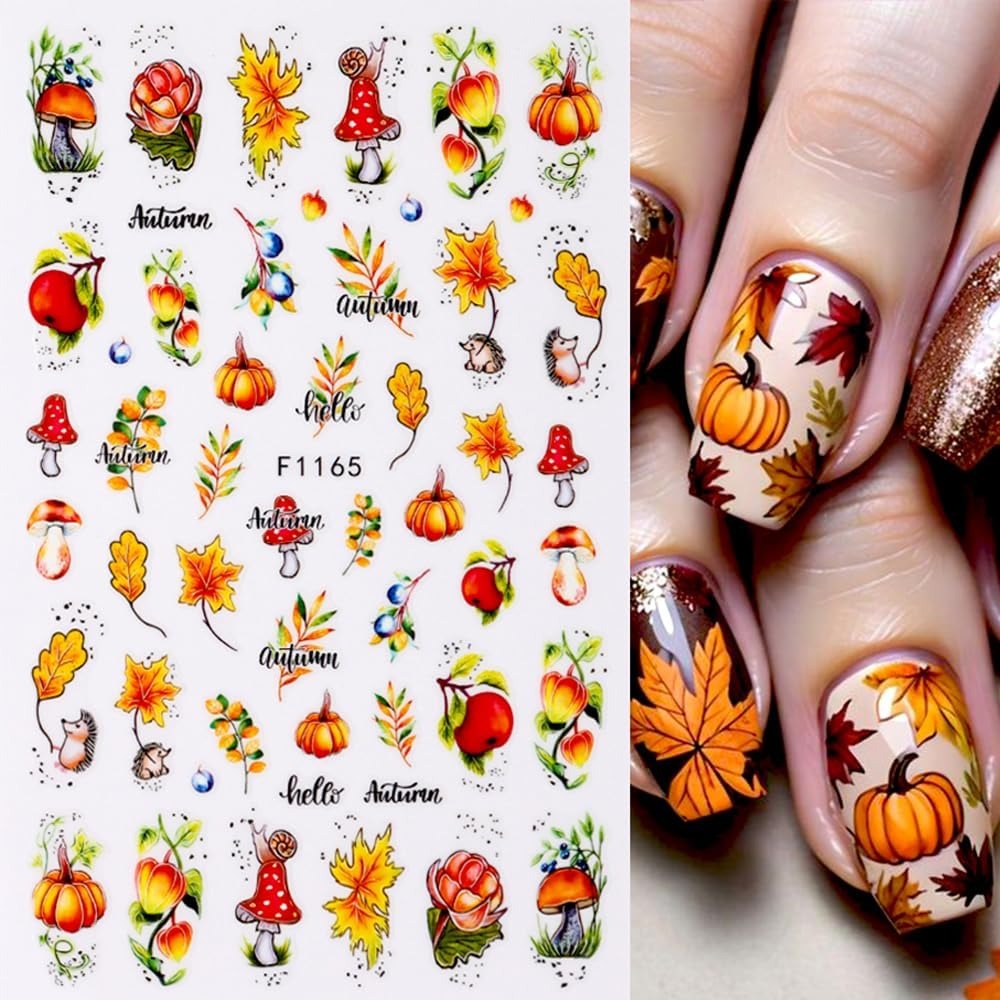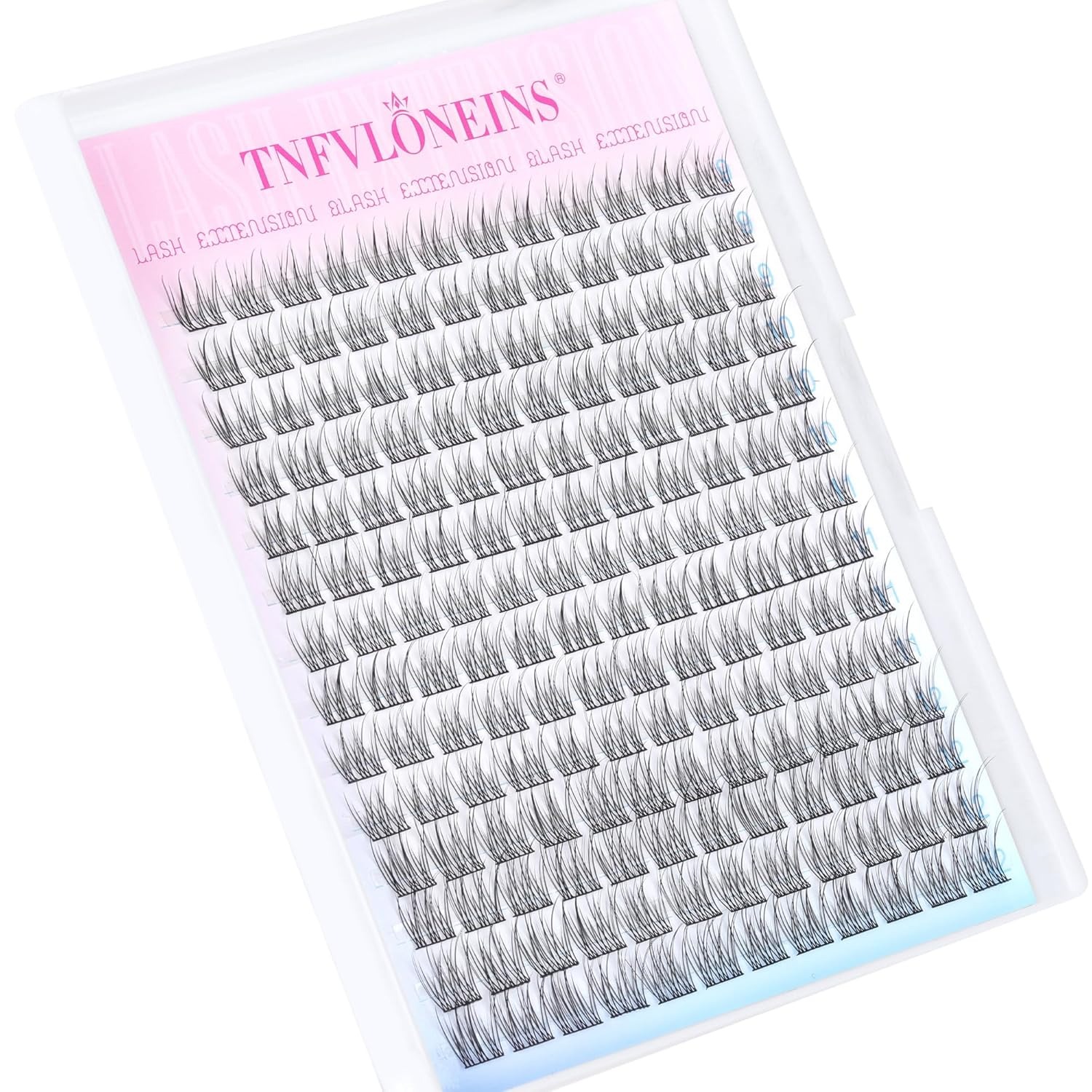Gel nail polish has become a popular choice for those seeking long-lasting, glossy manicures. However, some individuals may experience allergic reactions to the ingredients in gel nail products. Understanding how to treat an allergic reaction to gel nail polish is essential for maintaining both beautiful nails and healthy skin. This guide provides detailed steps and expert advice to help you manage and prevent allergic reactions effectively.
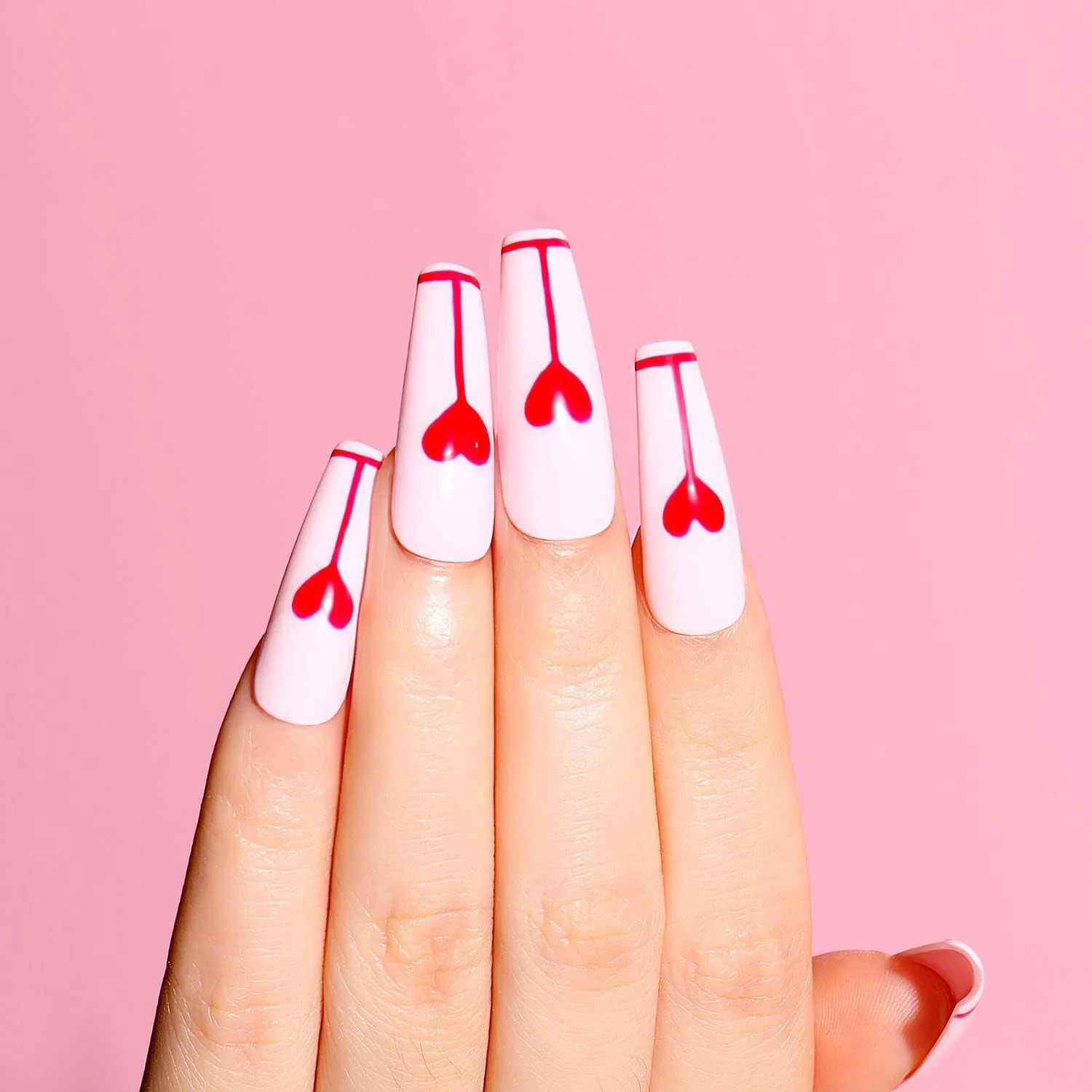 Immediate First Aid Steps for Gel Nail Polish Allergic Reactions
Immediate First Aid Steps for Gel Nail Polish Allergic Reactions
How to treat an allergic reaction to gel nail polish? When you first notice symptoms of an allergic reaction to gel nail polish, swift action is crucial. Here are the immediate first aid steps you should take:
Remove the Gel Nail Polish
Start by carefully removing the gel polish to prevent further exposure to the allergen. You can do this by soaking your nails in acetone or visiting a professional nail technician for safe removal.
Clean the Affected Area
After removal, gently wash the affected area with mild soap and lukewarm water. This helps eliminate any residual chemicals that may be causing irritation.
Apply a Cold Compress
To reduce swelling and discomfort, apply a cold compress or ice pack wrapped in a cloth to the affected area for 10-15 minutes. Repeat as needed to alleviate pain and redness.
Avoid Scratching or Rubbing
Resist the urge to scratch or rub the irritated skin, as this can worsen the reaction and increase the risk of infection.
FAQ: Can You Use Hydrocortisone Cream for Gel Nail Allergies? Expert Advice
Can you use hydrocortisone cream for gel nail allergies? Yes, hydrocortisone cream can be an effective treatment for mild to moderate allergic reactions caused by gel nail polish. Here’s what experts recommend:
When to Use Hydrocortisone Cream
Hydrocortisone cream is beneficial for reducing itching, redness, and inflammation associated with allergic reactions. Apply a thin layer to the affected area 2-3 times daily as directed by a healthcare professional.
How to Use It Safely
Before applying hydrocortisone cream, ensure the skin is clean and dry. Avoid using it on broken or infected skin unless advised by a doctor. Always follow the dosage instructions to prevent potential side effects.
When to Seek Medical Help
If your symptoms persist or worsen despite using hydrocortisone cream, consult a dermatologist. Severe reactions may require stronger medications or oral antihistamines.
Treat an Allergic Reaction to Gel Nail Polish with OTC Medications – Safe Options
Over-the-counter (OTC) medications can provide relief from allergic reactions to gel nail polish. Here are some safe options to consider:
Antihistamines
Oral antihistamines like cetirizine or diphenhydramine can help reduce itching, swelling, and redness. Take them as directed on the packaging or by your healthcare provider.
Topical Anti-Itch Creams
Besides hydrocortisone, creams containing calamine can soothe irritated skin. Apply them to the affected area to alleviate discomfort.
Pain Relievers
Non-prescription pain relievers such as ibuprofen or acetaminophen can help manage pain and reduce inflammation associated with allergic reactions.
Important Precautions
Always read and follow the instructions on OTC medications. If you have any pre-existing health conditions or are taking other medications, consult with a healthcare professional before starting new treatments.
Treat an Allergic Reaction to Gel Nail Polish: Recognizing Severe Symptoms
While many allergic reactions to gel nail polish are mild, it’s important to recognize when symptoms indicate a more severe reaction that requires immediate medical attention.
Signs of a Severe Reaction
- Intense Swelling: Significant swelling of the hands, face, or other body parts.
- Difficulty Breathing: Shortness of breath or wheezing.
- Chest Tightness: A feeling of heaviness or tightness in the chest.
- Rapid Pulse: Unexplained and rapid heartbeat.
- Dizziness or Fainting: Feeling lightheaded or losing consciousness.
What to Do in Severe Cases
If you experience any of these severe symptoms, seek emergency medical help immediately. Call emergency services or go to the nearest emergency room, as severe allergic reactions can be life-threatening.
Importance of Timely Intervention
Early recognition and prompt treatment of severe allergic reactions can prevent complications and ensure your safety. Do not delay seeking help if you suspect a serious reaction.
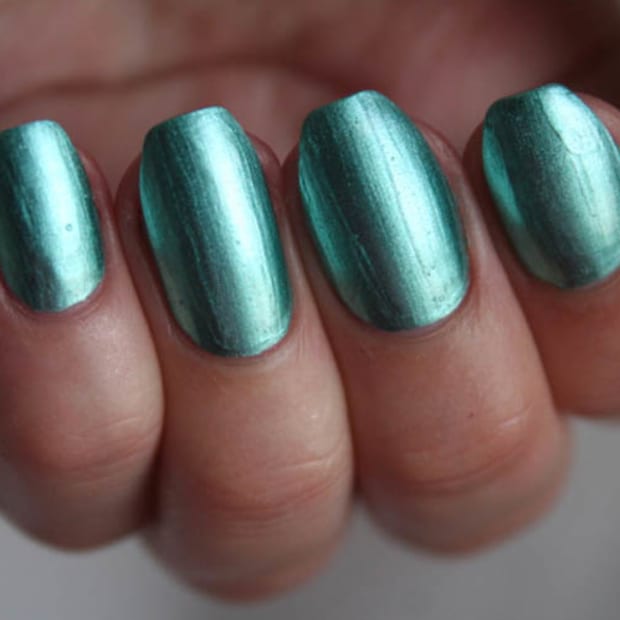 Treat an Allergic Reaction to Gel Nail Polish Preventively – Pre-Application Tips
Treat an Allergic Reaction to Gel Nail Polish Preventively – Pre-Application Tips
Prevention is always better than cure. Here are some tips to help you avoid allergic reactions to gel nail polish:
Perform a Patch Test
Before applying gel nail polish, conduct a patch test. Apply a small amount of the product on a discrete skin area, like the inside of your wrist, and wait 24-48 hours to check for any adverse reactions.
Choose Hypoallergenic Products
Opt for gel nail polishes labeled as hypoallergenic. These products are formulated to minimize the risk of allergic reactions by using gentler ingredients.
Avoid Known Irritants
Identify and avoid ingredients that you are allergic to. Common allergens in gel nail polish include acrylates and methacrylates. Read product labels carefully to ensure they do not contain these substances.
Maintain Proper Nail Hygiene
Keep your nails clean and dry to prevent infections and reduce the risk of allergic reactions. Regularly sanitize your manicure tools to eliminate bacteria and fungi.
Limit Exposure
Minimize contact with gel polish by wearing gloves when performing tasks that involve prolonged hand use, such as cleaning or washing dishes.
Treat an Allergic Reaction to Gel Nail Polish After Removal – Post-Care Guide
After removing gel nail polish, proper post-care is essential to help your skin and nails recover from any irritation or allergic reaction.
Moisturize Regularly
Apply a fragrance-free moisturizer to your hands and nails several times a day. This helps restore moisture and repair the skin barrier that may have been compromised by the gel polish.
Use Soothing Treatments
Incorporate soothing treatments like aloe vera gel or oatmeal-based creams to calm irritated skin. These natural remedies can reduce redness and promote healing.
Give Your Nails a Break
Allow your nails to breathe by taking breaks between gel polish applications. This reduces the exposure to chemicals and gives your nails time to strengthen naturally.
Maintain Proper Nail Care
Keep your nails trimmed and filed to prevent breakage. Avoid harsh nail treatments and opt for gentle nail care practices to support healthy nail growth.
Monitor for Recurrence
Keep an eye on your skin and nails for any signs of recurring irritation. If symptoms reappear, consult a dermatologist for further evaluation and treatment.
 Additional Tips for Managing Gel Nail Polish Allergies
Additional Tips for Managing Gel Nail Polish Allergies
Beyond immediate treatment and prevention, here are some extra tips to help you manage and live comfortably with gel nail polish allergies:
Consult a Dermatologist
If you frequently experience allergic reactions to gel nail polish, seek advice from a dermatologist. They can help identify specific allergens and recommend suitable alternatives.
Explore Alternative Nail Treatments
Consider switching to non-gel nail treatments, such as regular nail polish, dip powder, or shellac, which may be less likely to cause allergic reactions.
Stay Informed
Keep yourself updated on the latest developments in nail care products. New formulations and safer alternatives are continually being developed to reduce the risk of allergies.
Educate Your Nail Technician
Inform your nail technician about your allergies. They can use products that are free from the ingredients that trigger your reactions, ensuring a safer manicure experience.
Carry Allergy Medication
If you have a history of severe allergic reactions, carry your prescribed allergy medications, such as an EpiPen, with you at all times for immediate use in emergencies.
Understanding the Causes of Gel Nail Polish Allergic Reactions
To effectively treat and prevent allergic reactions to gel nail polish, it’s important to understand what causes them.
Common Allergens in Gel Nail Polish
Gel nail polishes contain various chemicals that can trigger allergies. The most common allergens include:
- Acrylates: Used for their strong bond and durability.
- Methacrylates: Found in many gel formulas and known for causing skin irritation.
- Toluene: A solvent that can irritate the skin and respiratory system.
- Formaldehyde: Sometimes present as a preservative, it can cause allergic reactions.
How Allergies Develop
Allergic reactions occur when the immune system mistakenly identifies a harmless substance as a threat. Repeated exposure to gel nail polish can sensitize the skin, leading to heightened allergic responses over time.
Risk Factors for Allergic Reactions
Certain factors can increase the likelihood of developing an allergy to gel nail polish, including:
- Frequent Use: Regular application and removal of gel polish increase exposure to allergens.
- Sensitive Skin: Individuals with sensitive skin are more prone to reactions.
- Pre-existing Allergies: Those with other allergies may have a higher risk of reacting to gel nail polish ingredients.
When to Seek Professional Help
While many allergic reactions can be managed at home, certain situations require professional medical intervention.
Persistent Symptoms
If your symptoms do not improve after following initial treatment steps, consult a healthcare provider for further evaluation and treatment options.
Signs of Infection
Look out for signs of infection, such as increased redness, swelling, warmth, pus, or a foul odor. Infections may require antibiotics and prompt medical attention.
Severe Reactions
As mentioned earlier, severe allergic reactions with symptoms like difficulty breathing or chest tightness necessitate immediate medical care. Do not hesitate to seek emergency help in such cases.
Ongoing Discomfort
If you continue to experience discomfort or skin issues related to gel nail polish, a dermatologist can offer specialized treatments and recommendations to alleviate your symptoms.
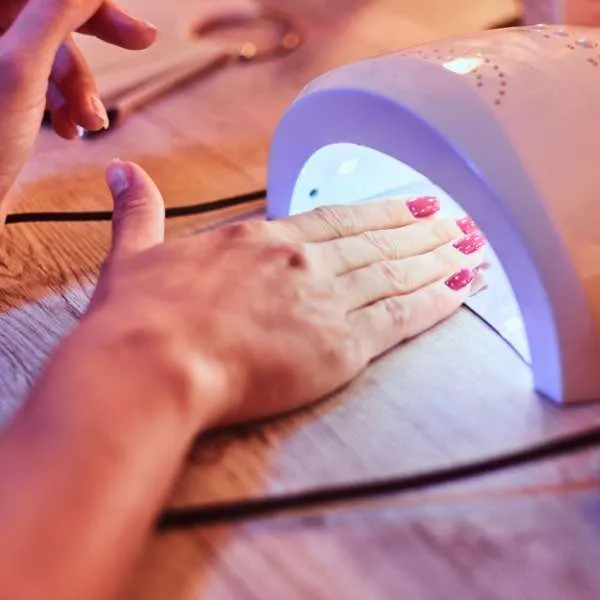 Lifestyle Changes to Prevent Allergic Reactions
Lifestyle Changes to Prevent Allergic Reactions
Incorporating certain lifestyle changes can help you minimize the risk of allergic reactions to gel nail polish.
Adopt Gentle Skin Care Practices
Use mild, fragrance-free soaps and lotions to prevent further irritation. Avoid skincare products with harsh chemicals that can exacerbate allergic symptoms.
Enhance Nail Strength
Strengthen your nails through proper nutrition and the use of nail hardeners. Strong nails are less likely to break, reducing the need for frequent polish applications.
Reduce Chemical Exposure
Limit exposure to other chemicals that can irritate your skin, such as household cleaners and industrial solvents. Wearing protective gloves can help minimize contact.
Maintain a Healthy Diet
A balanced diet rich in vitamins and minerals supports overall skin and nail health, making your body more resilient to potential allergens.
Manage Stress
Stress can weaken your immune system, making you more susceptible to allergic reactions. Practice stress-reducing techniques like meditation, yoga, or regular exercise.
Exploring Natural Remedies for Allergic Reactions
In addition to conventional treatments, natural remedies can offer soothing relief for allergic reactions to gel nail polish.
Aloe Vera
Aloe vera gel has anti-inflammatory properties that can help reduce redness and swelling. Apply pure aloe vera to the affected area for soothing relief.
Coconut Oil
Coconut oil moisturizes the skin and has antimicrobial properties. Gently massage it into the irritated skin to promote healing and prevent infection.
Oatmeal Baths
Taking an oatmeal bath can alleviate itching and irritation. Add colloidal oatmeal to lukewarm water and soak for 15-20 minutes to soothe your skin.
Chamomile Compress
Chamomile tea can be used as a compress to calm inflamed skin. Brew chamomile tea, let it cool, and apply it to the affected area for natural relief.
Vitamin E Oil
Vitamin E oil supports skin healing and reduces scarring. Apply it to the irritated skin to promote recovery and maintain skin health.
Long-Term Management and Prevention Strategies
Managing allergic reactions to gel nail polish involves both immediate treatment and long-term prevention strategies.
Identify and Avoid Triggers
Understanding what triggers your allergic reactions allows you to avoid specific products and ingredients. Keep a diary of your nail care routines and reactions to identify patterns.
Opt for Safer Alternatives
Explore alternative nail treatments that are less likely to cause allergies. Options like water-based polishes or non-acrylic gel systems may be suitable alternatives.
Regular Dermatologist Visits
Regular check-ups with a dermatologist can help monitor your skin’s health and provide professional advice on managing allergies effectively.
Stay Informed About Product Ingredients
Stay updated on the ingredients used in nail products. Prefer brands that disclose all their ingredients and avoid those with known allergens.
Educate Yourself and Others
Educate yourself about the potential risks and preventive measures. Share this knowledge with friends and family to help them avoid similar issues.
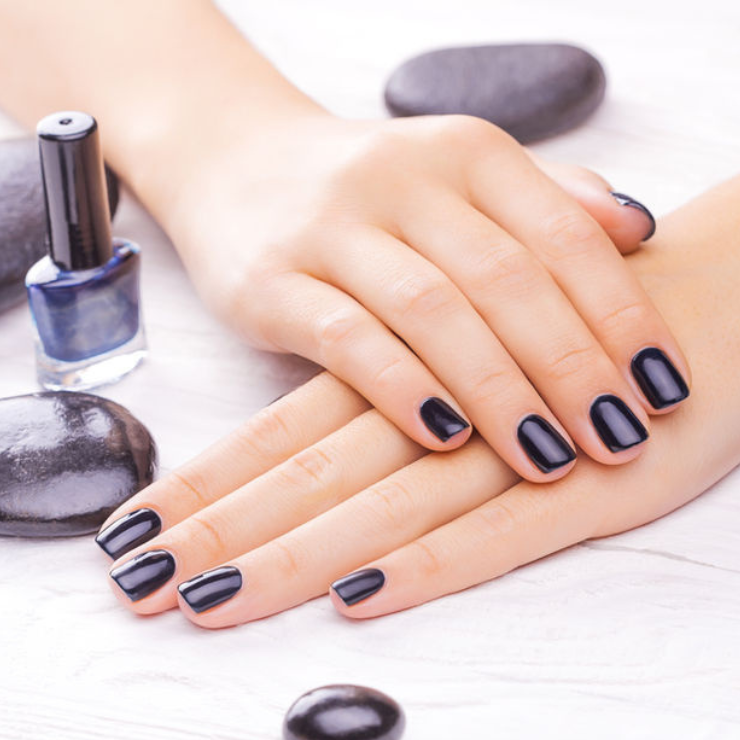 Final Thoughts
Final Thoughts
Experiencing an allergic reaction to gel nail polish can be uncomfortable and concerning. However, by knowing how to treat an allergic reaction to gel nail polish, you can manage symptoms effectively and prevent future occurrences. Immediate first aid, the use of OTC medications, recognizing severe symptoms, and implementing preventive measures are all crucial steps in ensuring your nail care routine remains safe and enjoyable. Always consult with healthcare professionals when necessary and prioritize your skin and nail health above all else.
By following the comprehensive strategies outlined in this guide, you can continue to enjoy beautiful nails without compromising your well-being. Stay informed, take proactive steps, and seek professional help when needed to maintain both stunning manicures and healthy skin.
